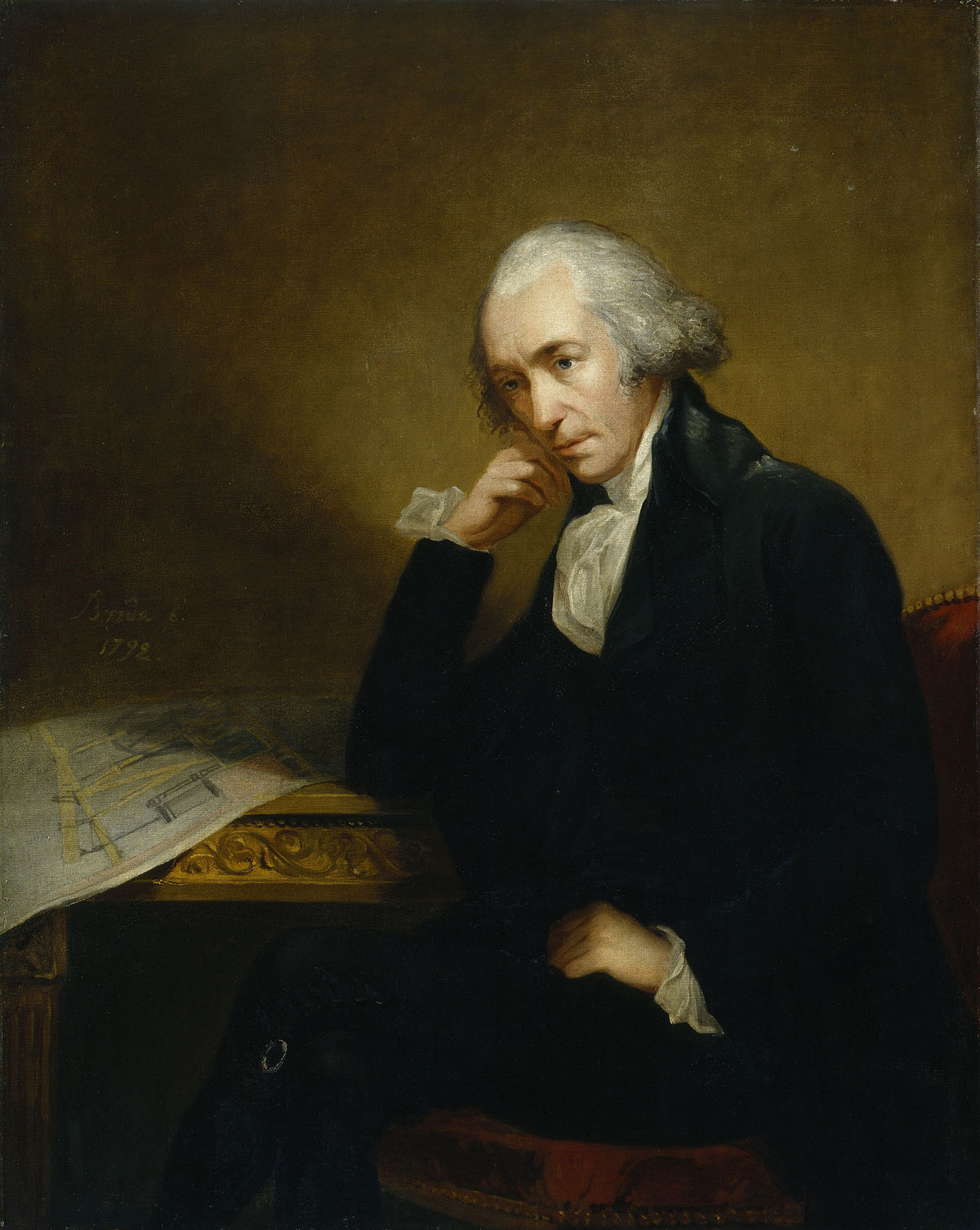We pilots (especially new pilots) like to think we know things, especially things that make airplanes fly. Before computers started taking over our cockpits, it was possible to know a great many things. This skill was especially useful for older, more experienced pilots when attempting to belittle younger, less experienced pilots. But these days airplanes are one step removed from magic. If you meet a pilot who claims to understand everything there is to know about an airplane made in the last forty years or so, that pilot knows much less than he or she thinks. Electricity is case number one in all this.
— James Albright

Updated:
2017-09-15
So this isn't an attempt to explain much of anything — I am certainly not an expert in all things electricity. No, this is a story about raising the BS flag early on in my flying career.

1
What's a Watt?
"What's a watt?"
The question came from the back of the room. Volts times amps, I remembered from an electrical engineering course just a few years ago. There were almost thirty of us in the room, most, like me, second lieutenants recently graduated from Air Force Undergraduate Pilot Training and now on our ways to becoming KC-135A copilots. There were several captains and first lieutenants, outranking the rest of us. I kept my mouth shut as the instructor in the front of the room thought. He was a major, the highest ranking of us all. Plus he was a KC-135A instructor pilot. Surely his wisdom surpassed all of ours.
"Lucky for you I have been flying this airplane back in the day when men were men and women were scared of men," the captain said. We didn't have any women in our class, but I knew that the next few would. He turned around and drew the formula I had remembered from college.
"What's a volt?" the same student asked. Half the class gave a muffled laugh.
"Listen wise guy," the instructor said, "we don't have time for stupid questions."
The class continued, question-less, for the remainder of the morning. We adjourned for lunch at the building's cafeteria and the inquisitive student sat next to me as if we knew each other. "I'm Ken," he said.
"James," I said.
"I know," he said. "Word is you are an engineer."
"Well I have a degree," I said. "But I don't know if I am really qualified as an engineer of any kind."
"I'm an art major," he said. "I was hoping could explain what a watt, a volt, and an amp are."
I thought for a second and remembered once failing to explain "what is electricity" until someone reminded me that at its basic level, electricity is the passage of electrons from atom to atom. Accurate but hardly useful.
"An engineer will explain voltage in terms of resistance through something called Ohm's Law," I said as his eyes started to drop focus.
"But I like to think of it in terms of water pressure from a garden hose," I said quickly regaining his attention. "Think of electricity as the water itself. The current is also called the amperage and that is the amount of water traveling through the hose. The speed of that water is the voltage."
He thought for a bit. "So the bigger the hose, the more the amperage?"
"Yes," I said. "The bigger the hose the more work you can do with it. You can constrict the hose, what an electrical engineer calls adding resistance, and that . . . "
"Makes the water go faster," he interrupted. "And I suppose the voltage goes up."
"Exactly," I said.
"So what's a watt?" he asked. "And don't give me that formula."
"I suppose you could say that a watt is the potential work you can get our of the size of the hose and the speed of the water. Let's say you wanted to rinse some mud off your car but you didn't have a garden hose. But you did have two buckets, one small and one large. If you can toss the water from each bucket at the same speed, the voltage is the same. But with the large bucket you are throwing a greater volume of water, so the amperage is up. So you are actually doing more work with the bigger bucket. More watts."
"So why does a pilot need to know this?" he asked.
"I suppose it helps you understand the capability of a big battery versus a small one," I said. "Or the capability of the alternator on our engines versus the one in the power cart."
"Got it," he said. As he left the table I realized the act of explaining it actually helped me to understand it better too,
2
What's a kVA?
We pilots throw a lot of electrical terms out there because behind every airplane there is an engineer and engineers talk in this language. There are times knowing these terms does more harm than good; why complicate things if it doesn't help you understand the airplane better? But sometimes the knowledge is actually helpful. Case in point: the kVA.
I've heard that KiloWatts are the power produced and Kilo-Volt-Amps are the power consumed. I suppose that works but it may be more useful to think of it in terms of efficiency. A kVA is the power of the thing in question including whatever inefficiencies are involved. A 40 kVA generator, for example, consumes 40 kVA but doesn't do the full amount of work described by 40 kVA. So why does a pilot need to know this? Because the kVA represents the size of the contraption, how much juice it is consuming, and perhaps how wary you should be of it.
